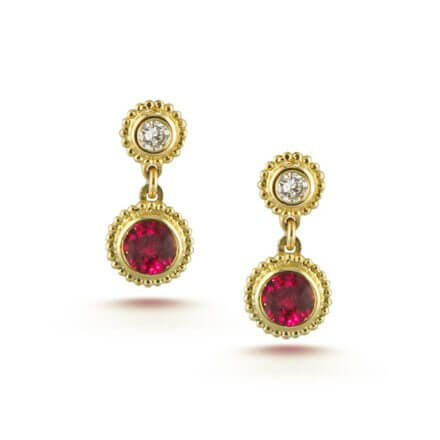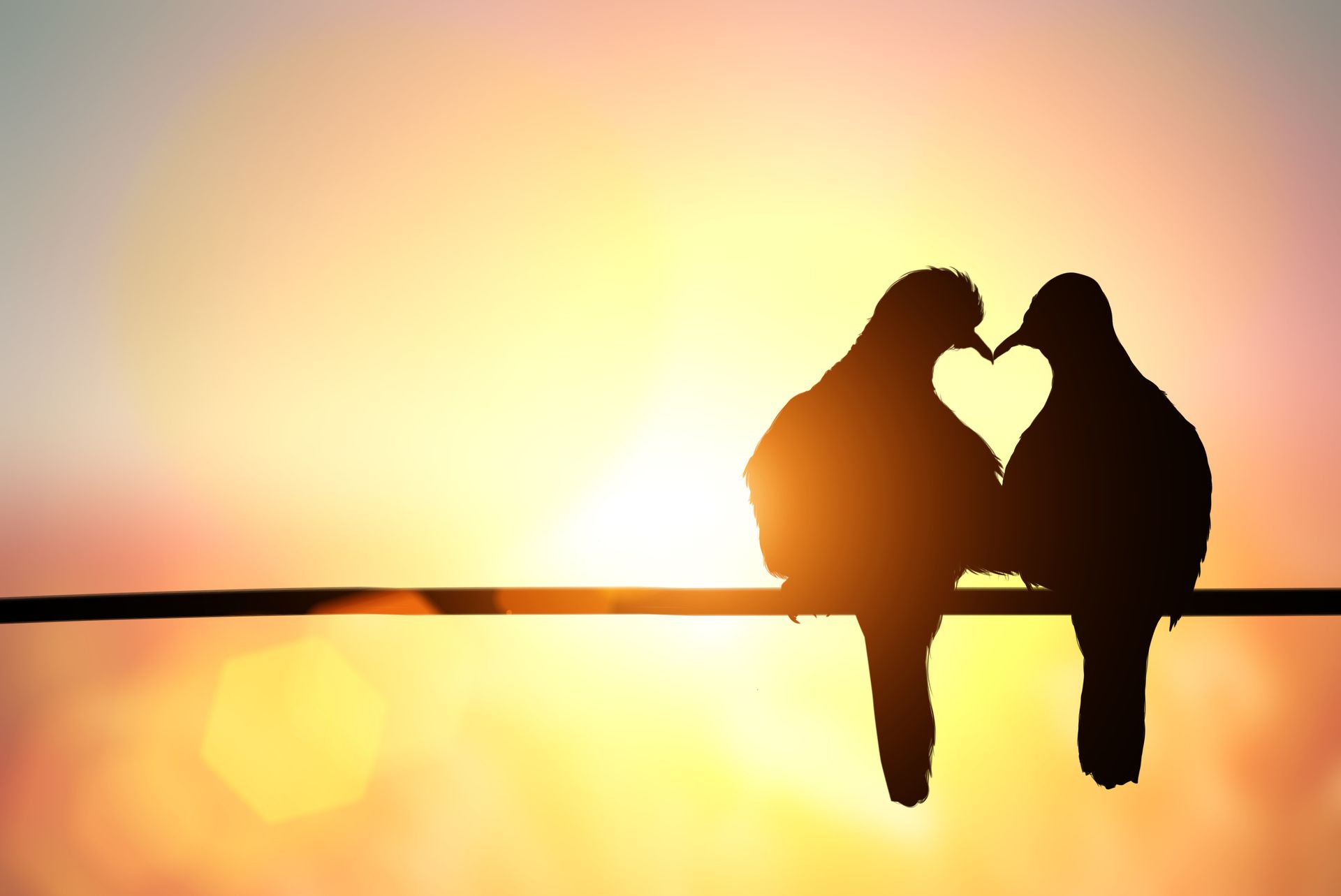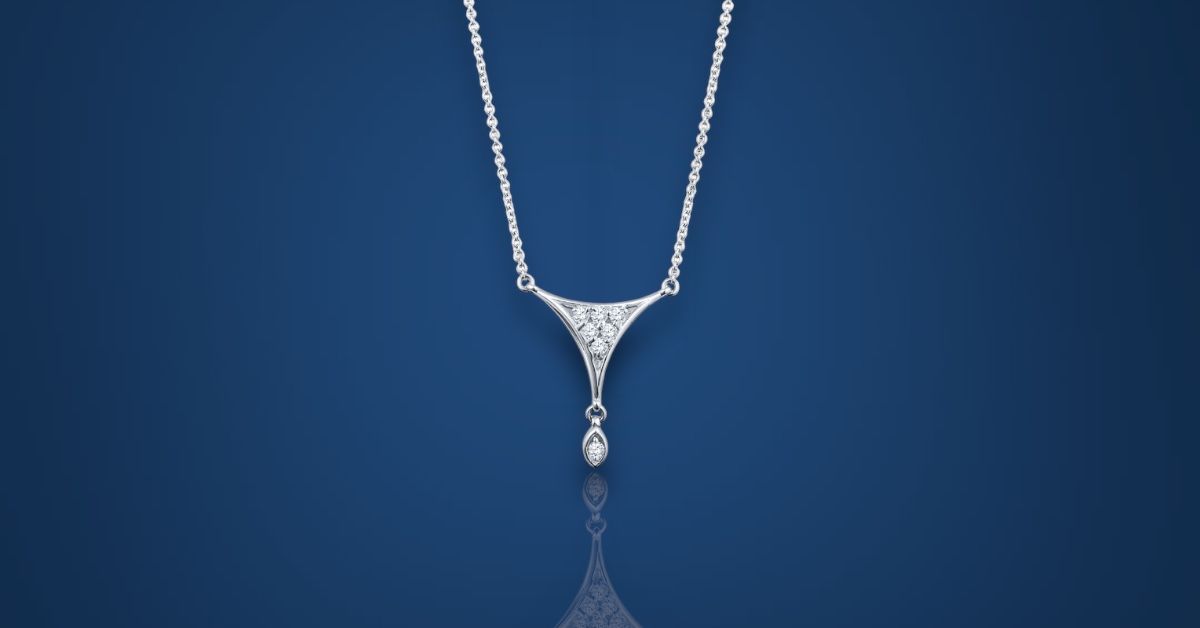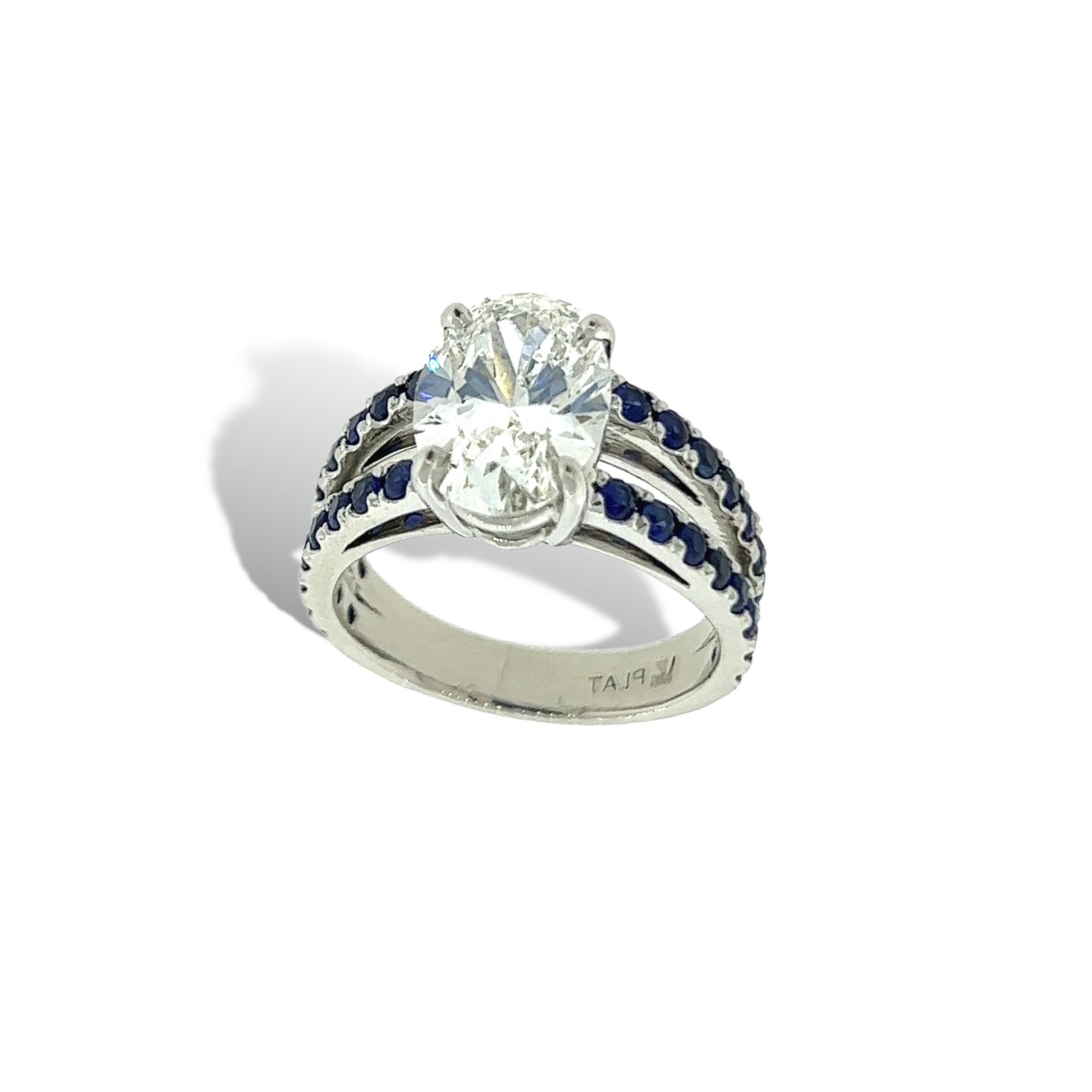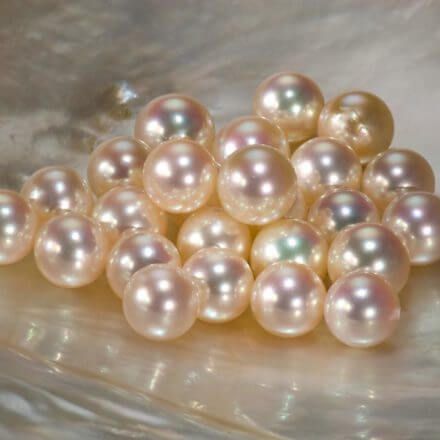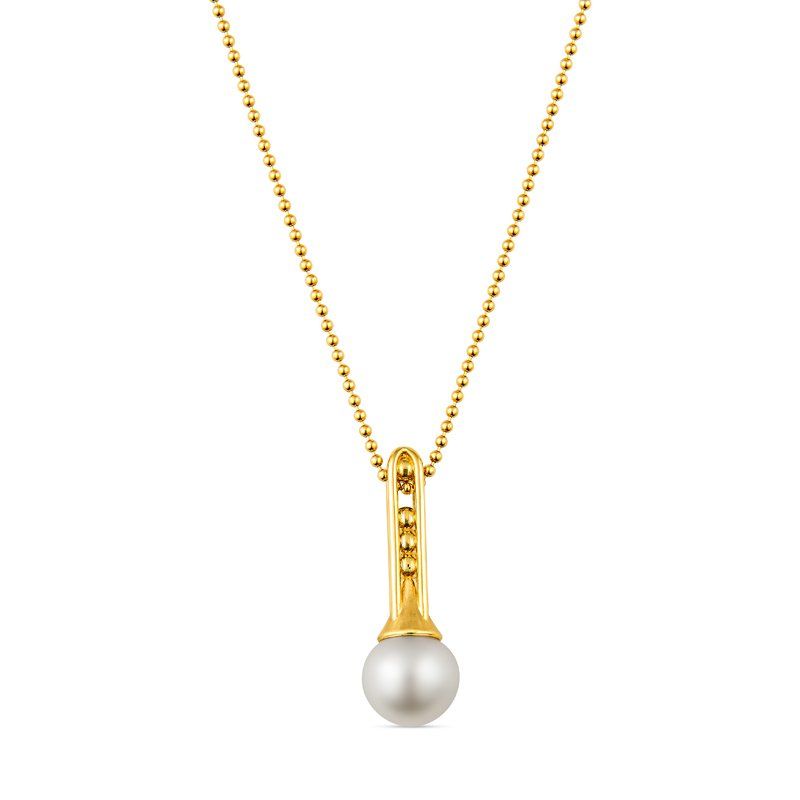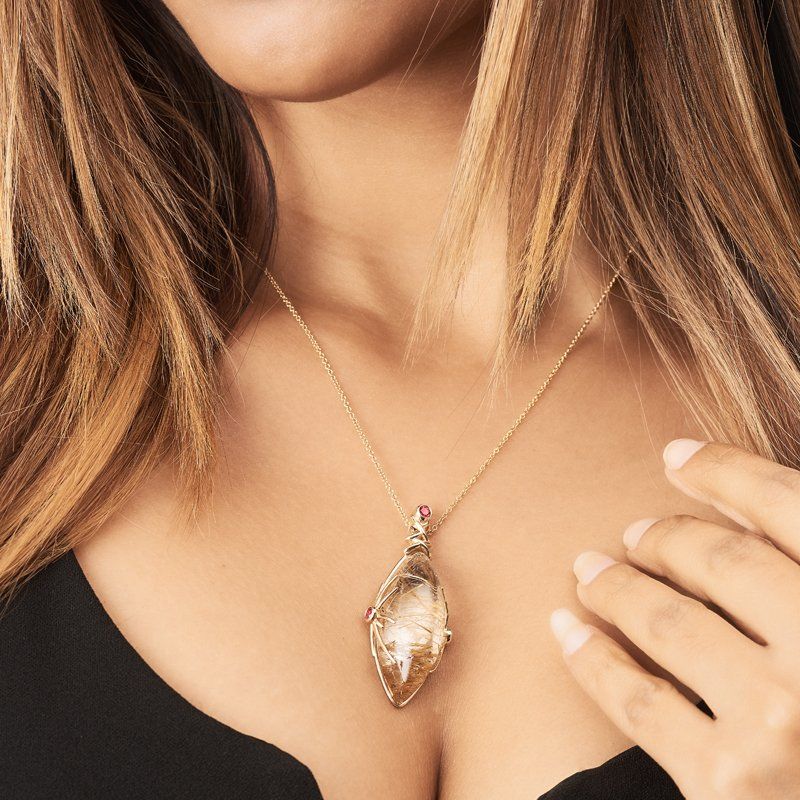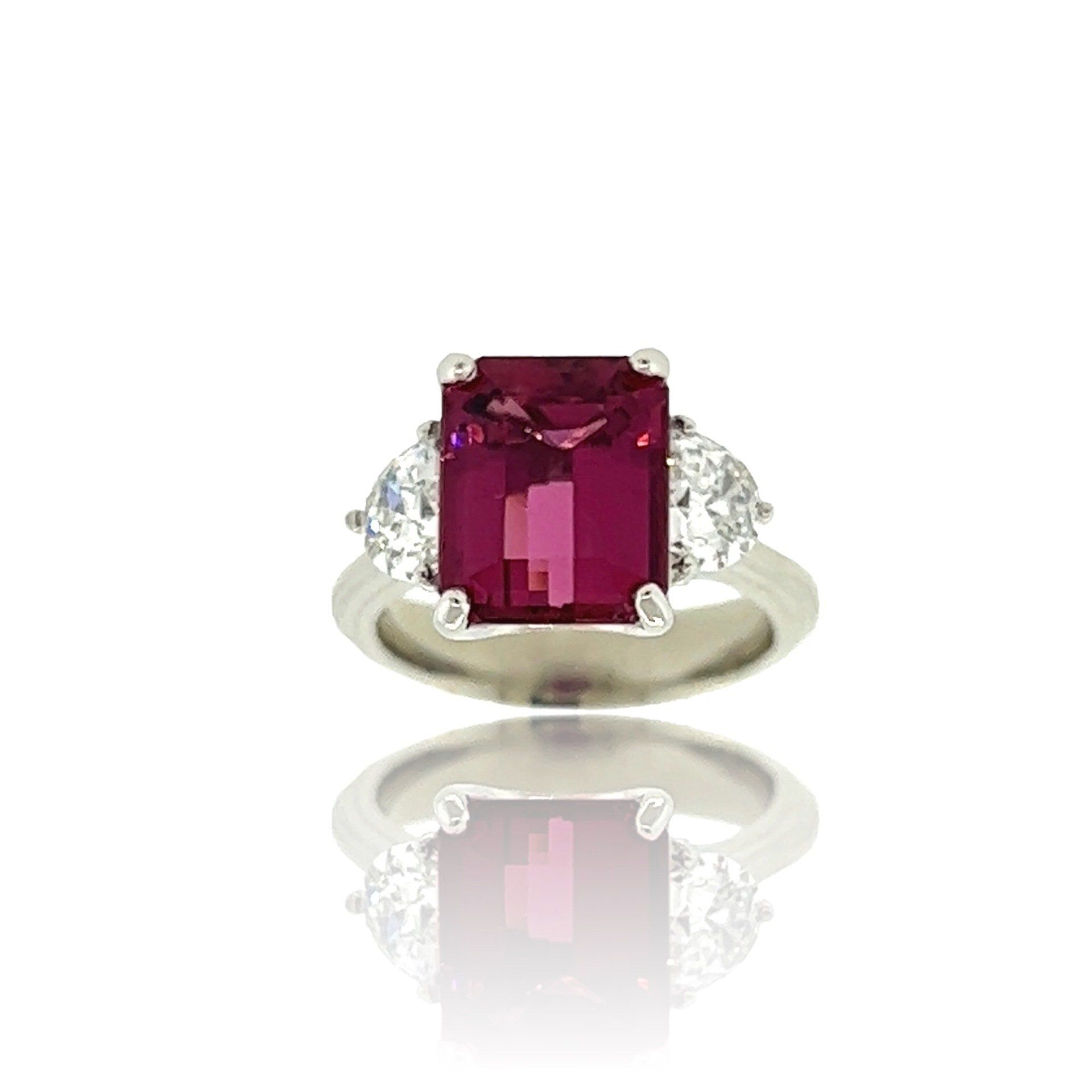A Quick Overview of Pearl Types From GIA
What are the main types of cultured pearls and what are their distinctive characteristics?
New Paragraph
Akoya pearls are the small white pearls that most people picture when they think of pearls. They are saltwater pearls, and are usually round and white or cream, with a pink overtone and high luster. They are typically less than 9.00 mm.

Diamond and Tahitian cultured pearl earrings.
Tahitian pearls are often referred to as “Black pearls,” however, they actually occur in a wide range of dark cool colors, the most common being greenish gray. They are saltwater pearls and typically range in size from 8.00 mm to 14.00 mm, and while they are most often round, they can occur in any shape.
South Sea pearls are the largest of the cultured pearls, and are usually white or varying shades of yellow, often referred to in the trade as “Golden.” They are saltwater pearls and typically range in size from 8.00 mm to 18.00 mm, and while they are most often round, they can occur in any shape.
Freshwater pearls typically occur in a wide range of pastel colors (primarily variations of pink and orange), but some have multicolor or metallic appearances. While they are most often found in smaller sizes, in near-round or oval shapes, they can occur in a wide range of sizes and shapes. The smaller pearls are usually non-bead cultured, while the larger freshwater pearls are often bead-cultured.
*While each of the pearl types have inherent typical size and color ranges, pearls can occur outside of those ranges in all pearl types.
SOURCE: https://www.gia.edu/gia-faq-about-gemstones-cultured-pearl-types-characteristics
The post A Quick Overview of Pearl Types From GIA appeared first on Official Jewelry By Design Website.

